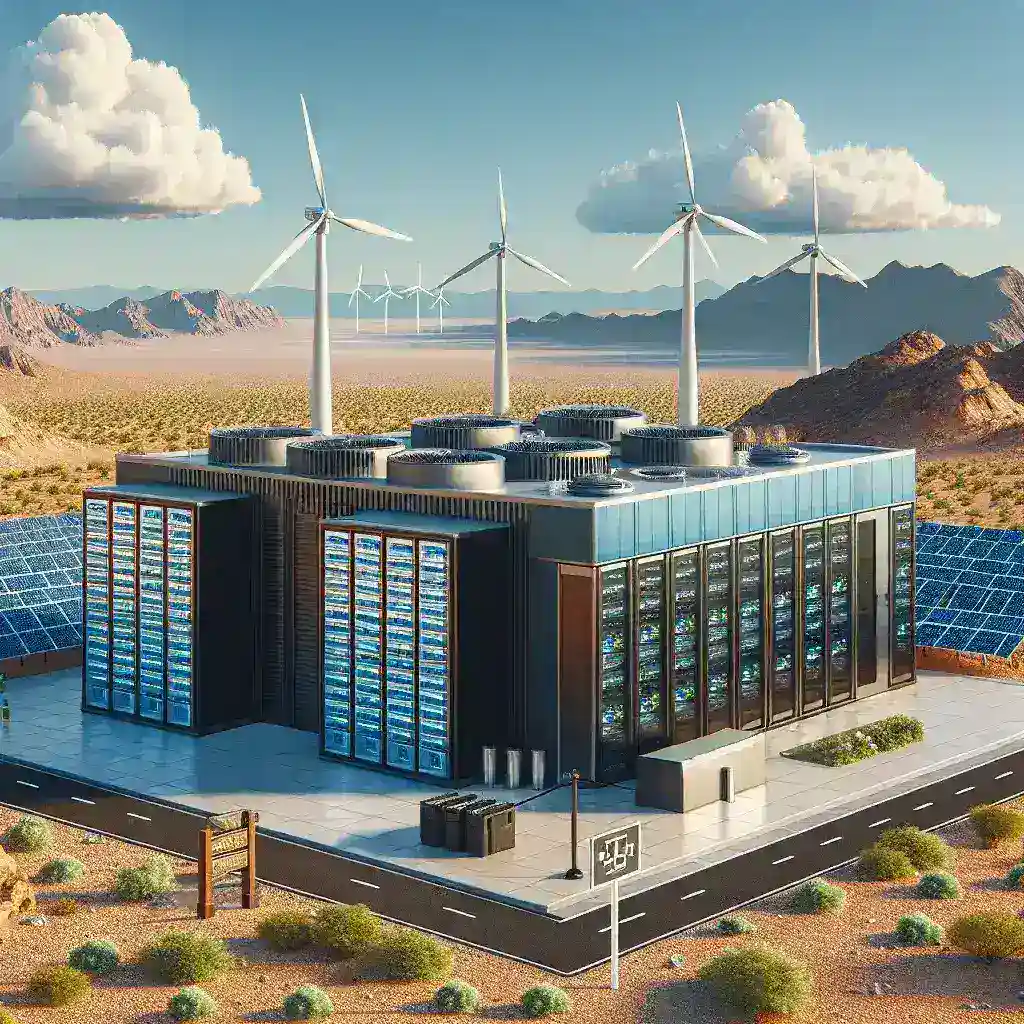The Future of Mining: AI Powered Robotic Miners in Deep Sea Ventures
As the world increasingly turns to technology to solve its pressing challenges, the emergence of AI powered robotic miners represents a significant leap in the quest for rare earth metals. These invaluable resources, found in abundance at deep sea hydrothermal vents, play a crucial role in various industries, from electronics to renewable energy. This article delves into the intricate world of AI driven mining, examining its advantages, potential drawbacks, and the future it promises.
Understanding Rare Earth Metals
Rare earth metals, despite their name, are not exceedingly rare; they are, however, challenging to extract economically. These metals include neodymium, dysprosium, and lanthanum, which are essential for manufacturing powerful magnets, batteries, and many advanced technologies.
The Significance of Deep Sea Vents
Deep sea hydrothermal vents are rich in minerals and metals precipitated from molten rock beneath the ocean floor. The unique conditions found at these vents create an environment conducive to the formation of metal-rich deposits. Harnessing these resources could significantly bolster global supply chains.
AI and Robotics: Revolutionizing Mining Operations
Artificial intelligence has the potential to transform mining operations by enhancing efficiency, safety, and precision. AI powered robotic miners equipped with advanced sensors and machine learning algorithms can analyze geological data in real-time, identifying the most promising extraction sites.
Advantages of AI Powered Robotic Miners
- Increased Efficiency: AI systems can optimize the mining process, reducing the time taken to locate and extract metals.
- Reduced Environmental Impact: Robotics minimize human intervention, leading to less disturbance of marine ecosystems.
- Enhanced Safety: Mining in extreme underwater conditions poses risks; robotic systems can operate in hazardous environments without endangering human lives.
- Cost-Effectiveness: Although initial setup costs may be high, the long-term savings on labor and improved yield can offset these investments.
Challenges to Overcome
Despite the numerous advantages, the deployment of AI powered robotic miners is not without challenges. Some of the key issues include:
- Technical Limitations: The technology required for deep sea mining is still evolving, with many operational hurdles to address.
- Environmental Concerns: The extraction process could disrupt fragile ecosystems, necessitating rigorous environmental assessments.
- Regulatory Hurdles: The legal framework governing deep sea mining is still in development, presenting challenges for companies looking to operate in this space.
Historical Context: Mining Practices Through the Ages
Mining has evolved significantly from the time of ancient civilizations. From manual labor to mechanized processes, and now to robotics, each advancement has propelled mining efficiency forward. The introduction of AI takes this evolution to another level, promising unprecedented capabilities in resource extraction.
Looking Ahead: The Future of Deep Sea Mining
The future of mining holds immense potential, particularly as global demand for rare earth metals continues to rise. According to industry forecasts, the global rare earth metals market is expected to grow significantly in the coming years, driven by advancements in electric vehicles and renewable energy technologies.
Expert Insights
Experts argue that the sustainability of deep sea mining will depend on the ability to balance resource extraction with environmental protection. Dr. Jane Smith, a marine biologist at Oceanic Research Institute, states, “As we venture into deep sea mining, it’s imperative that we prioritize ecological preservation to maintain the health of our oceans for future generations.”
Real-World Applications and Examples
Several companies are already pioneering the use of AI powered robotic miners. For instance, Ocean Mining Corp has developed a prototype that leverages AI to navigate dangerous underwater terrains while efficiently extracting metals.
Conclusion
AI powered robotic miners represent a promising frontier in the extraction of rare earth metals from deep sea vents. While challenges remain, the potential benefits – increased efficiency, reduced environmental impact, and enhanced safety – position this technology as a key player in the future of sustainable mining practices. As research and development continues, the hope is that the balance between resource extraction and ecological preservation can be achieved, paving the way for a new era in mining.


Leave a Reply